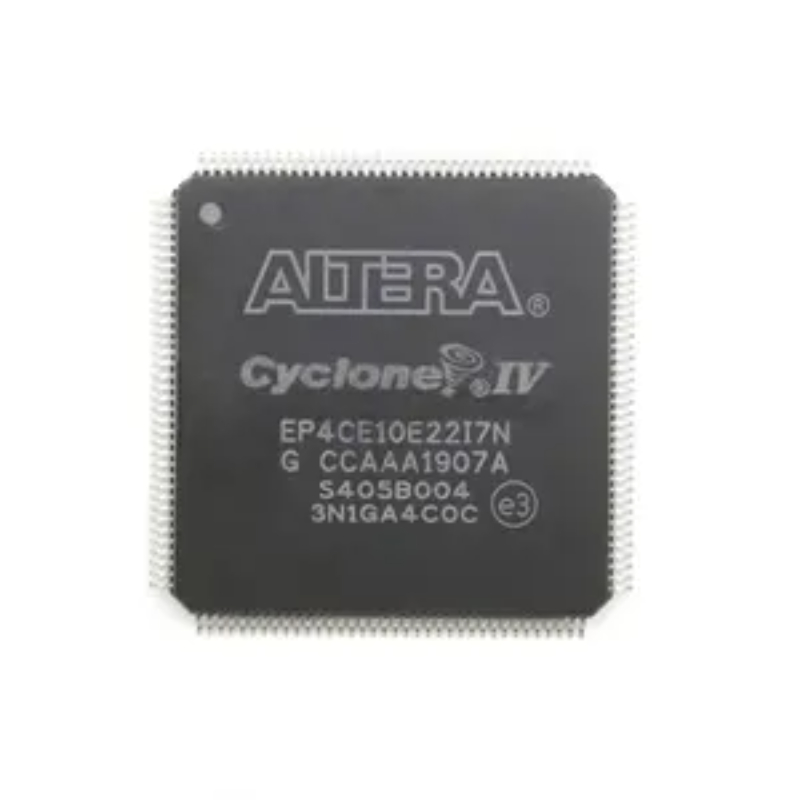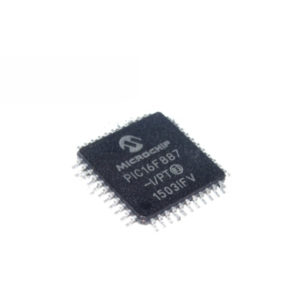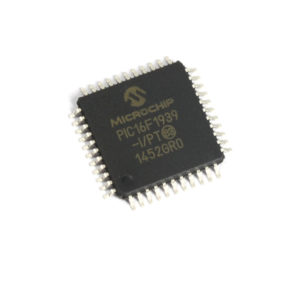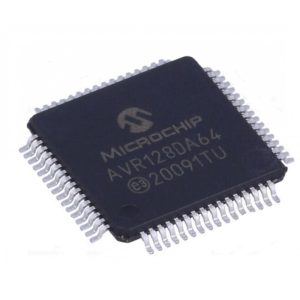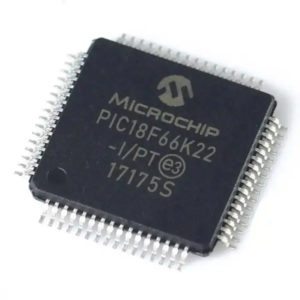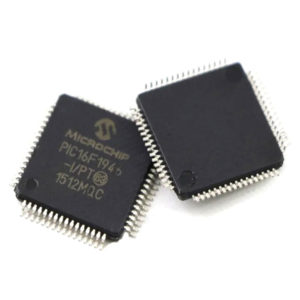EP4CE10E22I7N
| Manufacturer | Altera |
| Description | IC FPGA 91 I/O 144EQFP |
| Category | Integrated Circuit |
| Package | TQFP144 |
| Status | New & original |
| Ship From | HK/SHENZHEN |
| Stocks | 10,000 |
Please submit your BOM List or Input the part online
Description
The EP4CE10E22I7N is a specific model of FPGA (Field-Programmable Gate Array) from the Cyclone IV E family, manufactured by Intel (formerly Altera). This FPGA offers 10,320 logic elements and 216 user I/O pins, along with other features such as embedded memory, PLLs, and high-speed transceivers.
FPGAs like the EP4CE10E22I7N are programmable integrated circuits that can be used in a variety of applications. Some of the common applications where this FPGA model can be utilized include:
1. Embedded Systems: FPGAs are commonly used in embedded systems for tasks such as system control, interfacing with peripherals, and real-time data processing. They offer flexibility in implementing custom logic and can be tailored to meet the specific requirements of the embedded application.
2. Digital Signal Processing (DSP): FPGAs find application in DSP systems for tasks such as digital filtering, image and audio processing, and algorithm acceleration. They provide high parallelism and computational power, making them suitable for real-time signal processing applications.
3. Wireless Communication: FPGAs are utilized in wireless communication systems for tasks such as baseband processing, modulation/demodulation, and signal encoding/decoding. They can implement complex communication algorithms and handle high-speed data processing required in wireless protocols.
4. Video and Display Systems: FPGAs find application in video and display systems for tasks such as video processing, image scaling, and interface conversion. They can handle high-resolution video streams, implement image enhancement algorithms, and interface with different display technologies.
5. Test and Measurement Equipment: FPGAs are commonly used in test and measurement equipment for tasks such as data acquisition, signal generation, and protocol analysis. They provide flexibility in designing custom test scenarios, high-speed data processing, and real-time measurements.
6. Robotics and Automation: FPGAs find application in robotics and automation systems for tasks such as motor control, sensor integration, and real-time control. They offer the necessary computational power and flexibility to process sensor data and control actuators with low latency.



















































